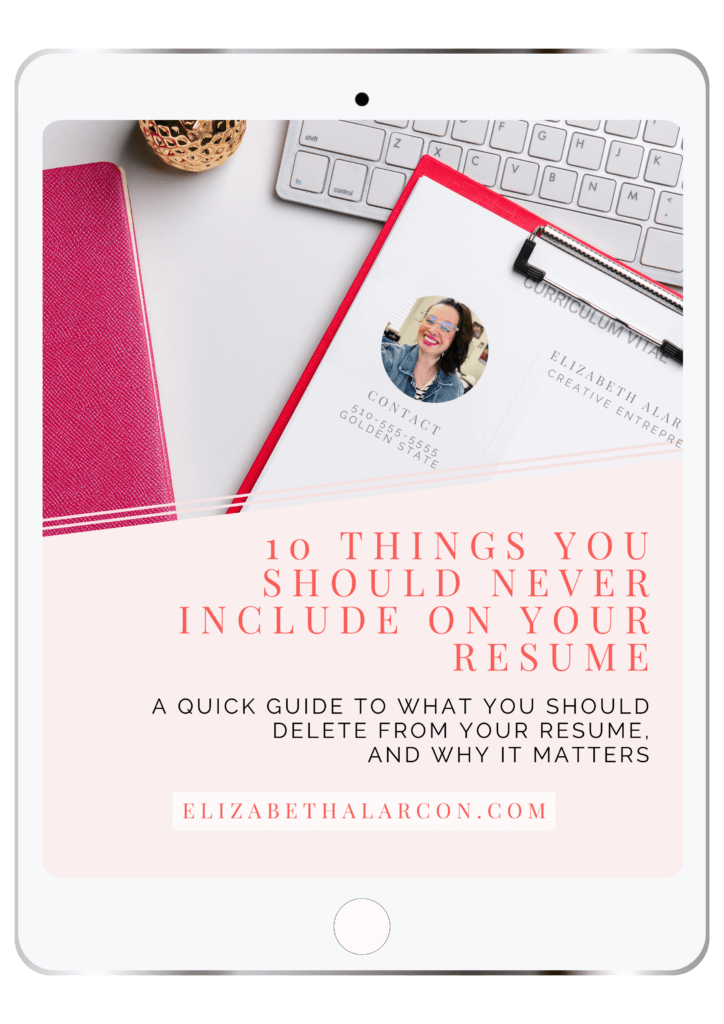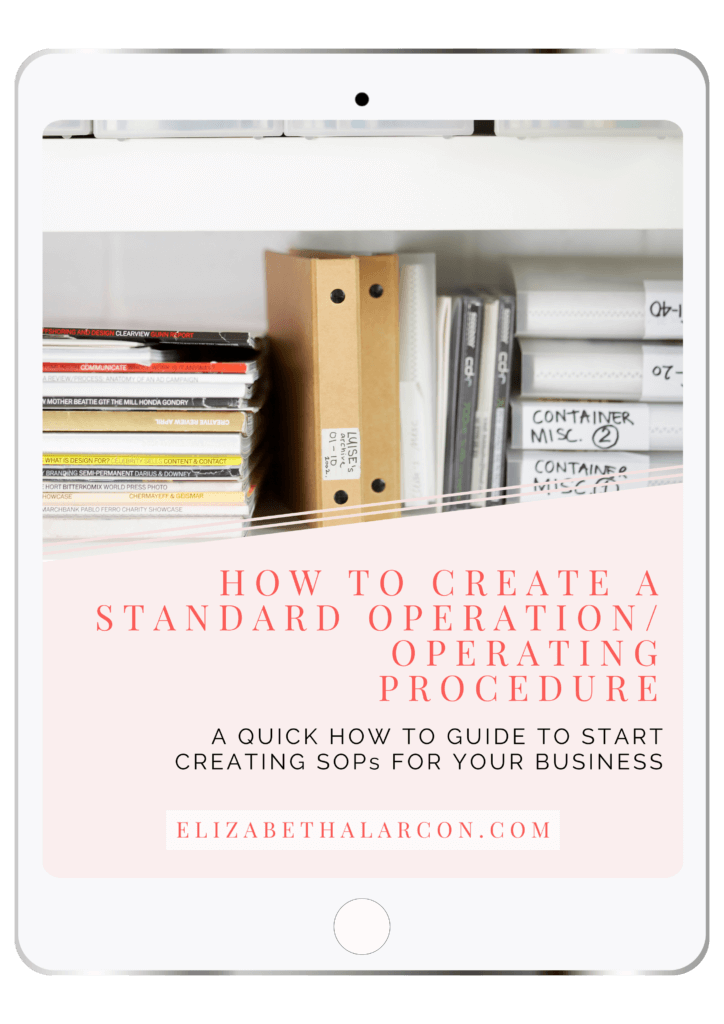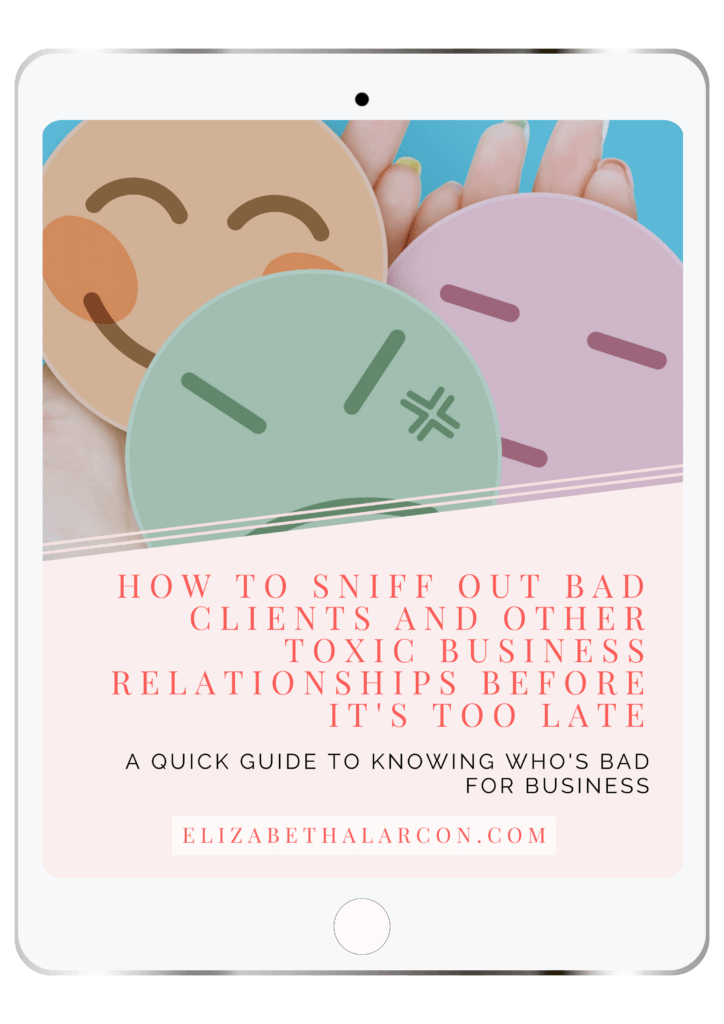The Great Balancing Act: Decoding the Lazy Girl Job and Quiet Quitting Trends and Why the Pursuit of Work-Life Balance is Nothing New
As a woman who grew up in the whirlwind of the 80s and 90s, the terms ‘lazy girl job' and ‘quiet quitting' were never part of my vocabulary. However, the essence of what these terms represent – the pursuit of a balanced and fulfilling work-life – is timeless. These terms are now reshaping our understanding of work-life balance, a concept that is not new but is now presented with a fresh perspective and a captivating new name. Also, there's a misnomer that we didn't care about work-life balance before. If you weren't around to experience it firsthand, it's hard to understand how different the atmosphere was.
I think part of why these trends are so popular right now is because they provide something that we often lack – clarity. Clarity about what kind of life and work we want for ourselves and what it could look like in our current reality.
Achieving balance is more than just discussing it or aspiring to it; it requires self-awareness to recognize when it's necessary to change direction.
Throwback to the 90s: The Struggle for Work-Life Balance Amidst the Tech Gold Rush
It was a defining challenge for many individuals during that era. With the rapid advancements in technology and the increasing demands of the corporate world, people were caught in a constant battle to juggle their professional responsibilities with their personal lives.
The 90s witnessed societal expectations, and norms shift as individuals sought to find equilibrium between work and leisure, striving to create a fulfilling and well-rounded lifestyle. This struggle for work-life balance became a significant topic of discussion and continues to resonate with individuals today, highlighting the importance of finding harmony in the modern world.
I blame the go-go-go, buy-buy-buy, consume-consume-consume culture of the 80s when people had no idea what would hit them, but I digress.
Now I can only speak of the 90s because that was when I entered the workforce. As a kid, my first job was selling newspapers at the local Lucky Supermarket. In high school, I took a summer job as a telemarketer. By the time I left home and started to pay grown folk bills, I was working for Starbucks and attempting to put myself through school.
Let me tell you. The number of people I started to see out on the patio or inside the coffeehouse (yes, Starbucks was once THE coffeehouse to run to!) with laptops and coffee cups was a sight that I will never forget. This was back in 1997.

How Pop Culture and Immigrant Parents Shaped My Work Perspective
I was surviving. Work-life balance? What was that? I didn't know how to balance both. Hell, I didn't know you needed to balance both. But many of us grew up with movies like Working Girl or The Wolf of Wall Street, shows like Beverly Hills 90210, and even the innocuous John Hughes Brat Pack movies.
We were supposed to make it to the corporate world, to the top, and that was our gold medal! Get good grades, get into a great college, to get a better job, drive the BMW, and live in a fancy house in a neighborhood that looked straight out of Edward Scissorhands.
We kept our eyes on the prize and set ambitious goals to reach them, no matter how long the hours or difficult it seemed. That's the dream that was sold to us. The only thing we knew was to keep going and never give up.
And if you had immigrant parents like me, you heard this mantra all the time: study hard, get good grades, and become successful in your career. That was our life plan, and that was the only way to make it in America. When one of us made it, it's like all of us (including the ancestors) made it.
Talk about pressure.

The Shift in Job Opportunities: Past and Present
The job market in the 90s seemed like an entirely different universe compared to what it is now. Back then, the idea of a ‘lazy girl job' or ‘quiet quitting' was unfathomable. Job stability, career progression, and financial security were the primary focus.
Productivity, efficiency, and company loyalty.
People were more concerned with keeping a job than finding the right one. The emphasis was on the traditional 9-to-5 grind, with little consideration for personal satisfaction or work-life balance.
Many (that means not all y'all!) careers in the 90s largely conformed to predefined structures and hierarchies. From corporate executives to middle management and entry-level employees, individuals were expected to adhere to their respective roles with little room for deviation.
This traditional career model offered a clear path for progression, often based on seniority rather than merit. Work hours were rigid, and the boundaries between work and personal life were distinctly drawn.
You could work overtime; you can stay late to look busy.
As we have seen in the past few decades, this model is no longer valid. The job market has shifted dramatically due to technological advances and an increasingly globalized economy.
Several key differences emerge when comparing the job landscape of the 80s and 90s to that of the 2000s and 2020s. In the 90s, the tech boom began, with the internet and personal computers revolutionizing how we worked. The introduction of new technologies and the increased accessibility of digital resources opened up a world of possibilities.
These same tools are an integral part of our lives, with remote working offering more autonomy and flexibility than ever before. This shift has enabled individuals to take ownership of their careers, setting their hours and having greater control over their daily routines.
Today, we see a growing desire among individuals to find work that allows flexibility and personal fulfillment. This shift has been influenced by several factors, including technological advancements, societal perceptions around work, and the COVID-19 pandemic, forcing many of us to reassess our priorities. The introduction of terms like ‘lazy girl job' and ‘quiet quitting' reflect this mindset shift, as individuals increasingly prioritize a greater work-life balance.
But despite these changes, some things have remained constant. Both in the 80s/90s and today, we see a trend of overworking, a constant drive to achieve more spurred by societal pressures, and the fear of not doing enough.

The Overwork Culture: The Daily Streak, the New Badge of Honor
In the 90s, overwork was often seen as a badge of honor, a sign of commitment to your career, and proof of your work ethic. Work-life balance was a vague concept, with many pushing themselves to the limits to secure their future.
We knew it was terrible.
We knew we didn't want to become our parents.
But it's all we had.
In the 2020s, we are still grappling with overwork, but it's taken on a new dimension. With technology allowing us to be “always on,” work can seep into every minute of our day if we let it. The boundaries between work and personal life have blurred, turning our pursuit of work-life balance into an uphill battle.
Remote work giveth and it taketh. Working from home without worrying about commutes or office politics is awesome. But then, it's hard to disconnect.
If you're in the content creator space, you know what I'm talking about. Just look around at the amount of content being pumped into platforms daily.
The fierce competition and the pressure to be constantly “on” can be overwhelming. Working long hours becomes a daily practice for many of us, shifting overwork from an occasional occurrence to part of our routine. The ‘daily streak' concept has become a badge of honor, with many individuals striving to work longer and harder each day in pursuit of success.
I remember when I started my first blog AllezElizabeth, how I would feel panicked if I missed a day of posting on social media. It felt like I was failing and letting everyone down. This stemmed from my days as a musical artist, where I felt I needed to create to constantly stay in the public's eye.
It took me a while to realize that my worth is not measured by how many hours I work or how much content I put out. My definition of success had to evolve. It's no longer about pushing myself to the limit or striving for perfection.
It's now more about valuing my time, being mindful of how I spend it, and choosing what brings me joy and fulfillment, which I learned is not in front of a screen—mobile or laptop.

Prioritizing Work-Life Balance Starts with Clarity — No Trends Required
What we all need is clarity. Once we are clear on what we want, we can move forward. Do you want a steady job? Do you prefer to freelance? Is working from home important to you? How much money do you need to make? Are specific hours or days non-negotiable for family commitments or leisure activities?
These questions can help us identify our ideal career and life paths and what we value and prioritize. Having these conversations with ourselves is essential for determining what work-life balance looks like in our lives.
Ultimately, it doesn't matter if we call it a “lazy girl job” or “quiet quitting.” It's just a name for something always there—the pursuit of better work and life satisfaction. Whether you're an entrepreneur, a freelancer, or an employee in any sector, work-life balance is a priority.
Take the time to pause and reflect on what you need, establish your path, and take ownership of your life. We cannot find work-life balance outside ourselves; we must create for ourselves. This starts with clarity on our goals, values, and priorities—it starts with us.
We've always had this control. We've just had to find the courage and confidence to take it.
Four Types Of Clarity: A Quick Guide To Create Your Path
After clearly understanding your needs and desires, it's time to determine the path to achieving them. Let's explore four distinct forms of clarity that can serve as your compass:
Purpose Clarity
What are your values? What's the mission of your work? Do you want to make a difference in people's lives or society?
You have to be super clear about your purpose. You can't seek it outside yourself.
Task Clarity
What must you do to get from where you are now to where you want to be?
I know what I need to do to fulfill my purpose; do you know what you need to do to fulfill yours?
Process/Systems Clarity
What systems and processes must you implement to ensure everything works like a well-oiled machine?
Learn what works, and keep doing that.
Outcome Clarity
Ultimately, what do you hope to gain in the end? Does this align with how much effort and time you are putting in?
You are doing this for a reason. Make sure that you are satisfied with the outcome.
Revise, refine, and re-evaluate your goals as you go along, adjust your plans, and make changes where needed. You have to be flexible but stay focused.
Conclusion
While the terms ‘lazy girl job' and ‘quiet quitting' are new buzzwords, the underlying concept isn't. It's the age-old pursuit of work-life balance wrapped in a modern package. The struggle for balance has always been prevalent, irrespective of the era or trend. What's pivotal is the clarity of what we desire from our careers and lives—this understanding is the cornerstone for achieving the desired equilibrium.
The journey to balance begins with us, our values, and our priorities. It's about redefining success, moving away from the societal pressures of overworking, and choosing what brings us joy and fulfillment. Whether through a ‘lazy girl job,' ‘quiet quitting,' or any other path, the aim remains to create a fulfilling work-life balance that aligns with our needs and aspirations. It's essential to remember that this is a personal journey, and it starts with us. The courage and confidence to take control of our career trajectory can lead us to a place of balance and satisfaction.
THIS SITE USES AFFILIATE LINKS. THERE’S NO EXTRA COST TO YOU, BUT I RECEIVE A SMALL COMMISSION WHEN YOU USE THEM.
PIN ME!












💁🏻♀️ Community Guidelines
To ensure a positive and respectful environment for everyone, please take a moment to review our Community Guidelines. Following these guidelines helps us maintain a safe space for all.